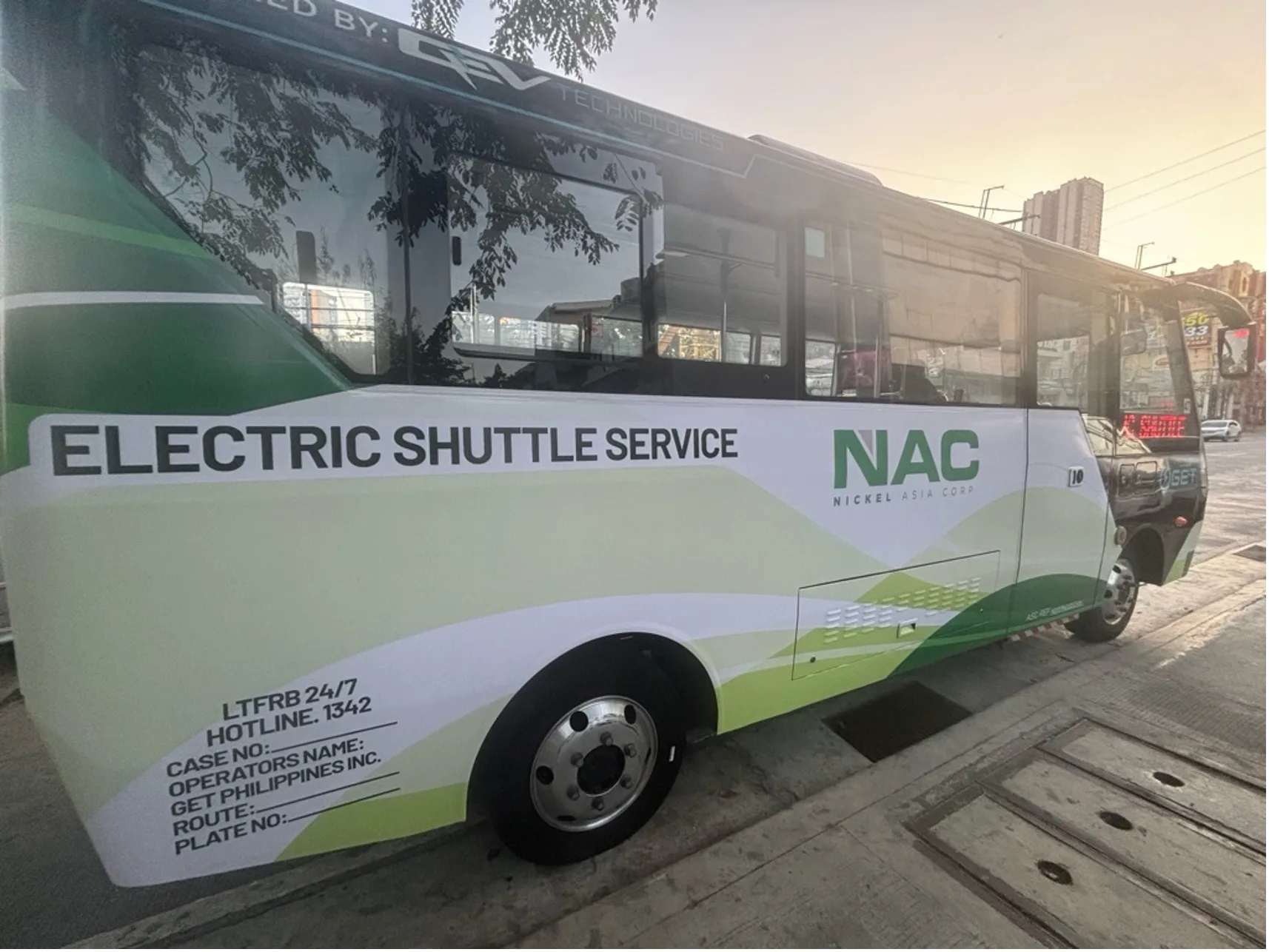How Transportation Marketing Can Change Mass Transit Spaces Into Dynamic Advertising And Marketing Platforms
Transportation advertising holds significant potential to redefine public transportation spaces into vibrant advertising platforms that inform and involve. As we discover the multifaceted advantages and advancing methods of transit marketing, it increases the question of exactly how this makeover can redefine our communications with both brand names and the metropolitan atmosphere.
Advantages of Transportation Marketing

Additionally, transportation advertising is highly cost-efficient compared to standard media. It allows marketers to accomplish high perceptions at lower costs, making best use of roi. The captive target market of commuters supplies an opportunity for brands to convey their messages to individuals who are typically responsive throughout their travel times.
Moreover, the vibrant nature of transit advertising permits campaigns to be updated often, guaranteeing that messaging remains relevant and prompt. This flexibility can be crucial in replying to market patterns or advertising occasions, maintaining the brand name top-of-mind for customers. Lastly, the prevalent presence of transit advertising adds to brand name recall; duplicated direct exposure within acquainted travel contexts strengthens brand name awareness and fosters consumer loyalty, ultimately enhancing and driving sales brand track record.
Kinds Of Transportation Marketing
Public transport systems offer various layouts for marketing, each accommodating various advertising approaches and target market involvement techniques. One noticeable type is external bus and train covers, which cover the whole lorry and create a mobile billboard effect, permitting for high exposure in metropolitan atmospheres. These covers can catch focus as they go across active roads, getting to a diverse audience.
An additional preferred style is indoor marketing, which includes posters, digital displays, and ads on transit seats. These placements involve guests during their trip, enhancing brand name messaging in a constrained room. Digital shows, specifically, use the benefit of vibrant web content, allowing advertisers to upgrade messages in real-time.
Terminal advertising and marketing is likewise significant, including posters, banners, and interactive stands within transportation stations. These ads utilize foot traffic and can target particular demographics based upon location.
Last but not least, advertising partnerships with transportation authorities can result in unique campaigns, such as themed transit experiences or events, boosting the total involvement with commuters. Each kind of transportation marketing uses distinctive advantages, permitting brands to tailor their approach to effectively reach their target audience within the general public transportation ecological community.
Engaging Commuters Effectively
Travelers are increasingly swamped with advertising messages during their everyday journeys, making it crucial for brand names to engage them in innovative methods. To capture focus in this congested area, advertisers must focus on creative thinking and importance. Using appealing visuals and succinct messaging can substantially improve the likelihood of interaction.
Interactive components, such as QR codes or increased reality features, can also transform static ads right into immersive experiences, cultivating a much deeper link with the target market. Brand names should concentrate on dealing with travelers' demands and rate of interests, tailoring messages to resonate with their way of life, whether with promos for regional businesses or services created to improve their commuting experience.
Additionally, timing plays an essential duty; tactically putting ads throughout height commuting hours can take full advantage of presence and effect. Involving travelers successfully likewise entails leveraging social media combination, permitting travelers to share their experiences or promotions straight from transportation platforms, get more therefore amplifying brand reach.
Fundamentally, effective interaction pivots on understanding the commuter journey and developing compelling, interactive, and relevant advertising and marketing experiences that not just capture attention yet likewise drive action and commitment. By doing so, brand names can transform public transportation into a vibrant advertising system that reverberates with its audience.

Measuring Advertising And Marketing Impact
Exactly how can brand names accurately assess the efficiency of additional info their ad campaign in transportation atmospheres? Gauging the influence of transportation advertising and marketing requires a complex method that incorporates qualitative and measurable metrics. One prevalent technique is tracking interaction with mobile analytics, where brand names can examine foot web traffic patterns and app interactions in the past, throughout, and after projects.
Surveys can provide valuable understandings into brand recall and consumer view, permitting brands to determine how well their messages resonate with commuters. Furthermore, keeping track of social media involvement relevant to particular campaigns can expose shifts in public perception and brand name discussion.

Moreover, collaborating with transportation firms can boost dimension accuracy, as they frequently possess thorough group data on ridership patterns. By incorporating these approaches, brand names can establish an extensive understanding of their marketing performance, guaranteeing that their projects not only get to yet likewise affect their target audiences properly.
Future Patterns in Transit Marketing
A considerable shift is prepared for in transit marketing as technological developments and altering consumer behaviors read more improve the landscape. Transit Advertising Philippines. The assimilation of interactive media and electronic screens is expected to boost involvement, enabling brands to supply vibrant material that reverberates with diverse audiences. As mass transit systems accept smart technology, advertisers will utilize real-time data analytics to customize messages based upon traveler demographics and behaviors
In addition, augmented fact (AR) is positioned to reinvent the way commuters communicate with advertisements. By giving immersive experiences, AR can transform an ordinary trip into an engaging story that records interest and cultivates brand name commitment. This development will likely motivate advertisers to produce even more experiential campaigns that drive customer interaction.
Sustainability is an additional essential trend affecting transit advertising. As ecological consciousness expands, brands will increasingly seek to straighten with environment-friendly practices, making use of sustainable materials and advertising green efforts within their campaigns.
Conclusion
To conclude, transportation advertising uses substantial benefits by enhancing brand visibility and engaging a captive target market. Via numerous styles, such as exterior wraps and digital displays, it transforms public transport right into a dynamic marketing platform. Reliable engagement techniques and durable dimension strategies better magnify its impact. As patterns evolve, the potential for ingenious communications in between travelers and brand names is positioned to grow, making certain that transportation marketing stays a vital element of modern advertising strategies.
Transit marketing holds significant possibility to redefine public transport spaces into vibrant advertising and marketing systems that notify and involve. The prevalent existence of transportation advertising and marketing contributes to brand name recall; repeated exposure within acquainted travel contexts strengthens brand name awareness and cultivates consumer commitment, ultimately driving sales and boosting brand reputation.
How can brand names accurately assess the efficiency of their advertising projects in transit environments?In conclusion, transit advertising offers considerable advantages by enhancing brand visibility and engaging a captive audience. Transit Advertising Philippines. As fads progress, the capacity for ingenious communications in between brand names and travelers is positioned to grow, guaranteeing that transit marketing continues to be a vital part of contemporary marketing strategies